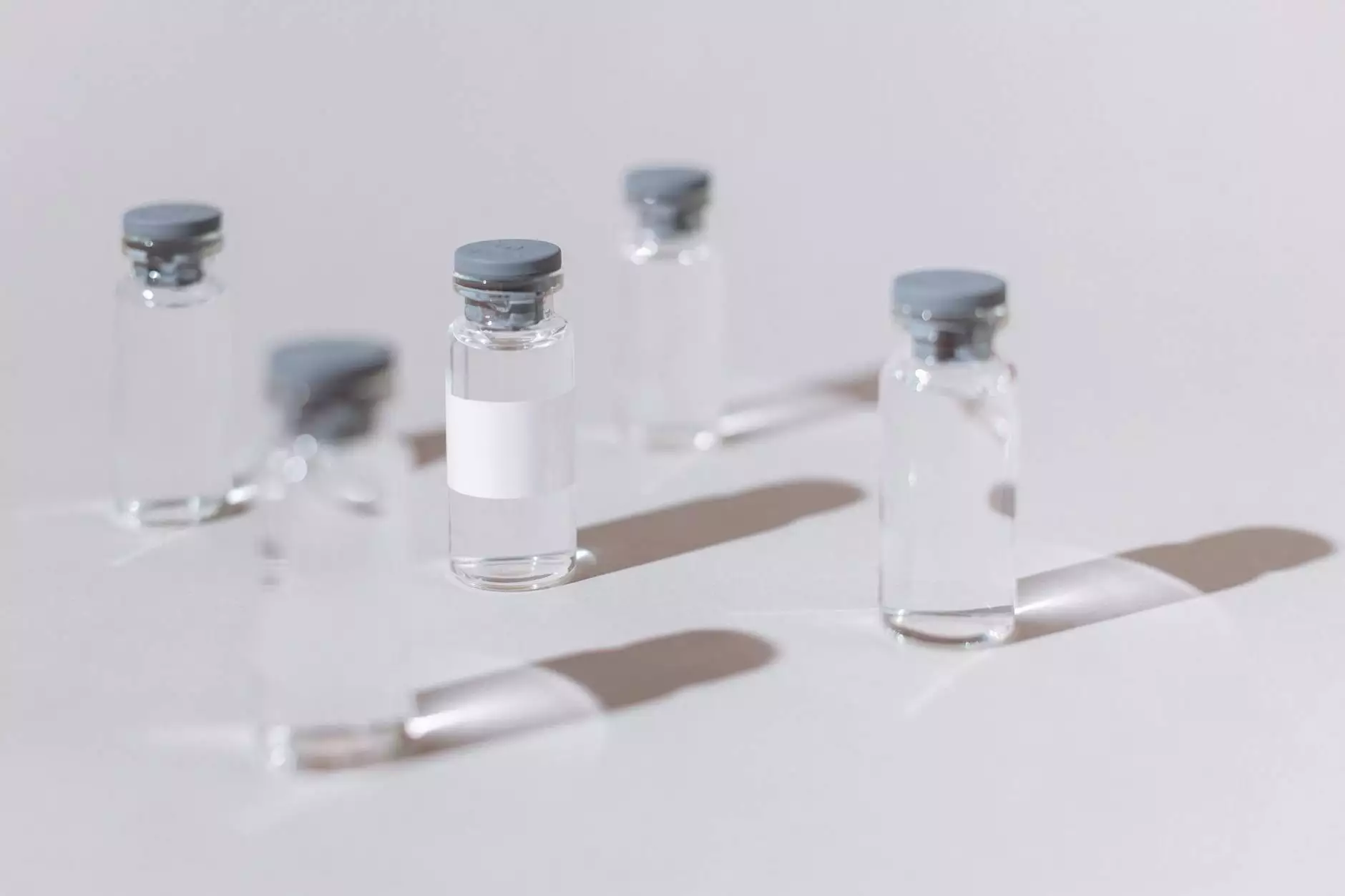Tendonitis vs Tendinopathy: Understanding the Differences for Better Health

When considering musculoskeletal conditions, many individuals confuse tendonitis and tendinopathy. Both terms refer to issues related to tendons, the fibrous tissues that connect muscles to bones. Understanding the differences between these conditions is crucial for effective treatment and prevention, especially for those engaged in physical activities or those working in demanding jobs. This comprehensive guide will explore the symptoms, causes, treatments, and preventive measures associated with tendonitis and tendinopathy, providing you with the knowledge to maintain better health.
What is Tendonitis?
Tendonitis is an inflammatory condition affecting a tendon. It typically arises from acute injuries or repetitive motions that strain the tendon beyond its limits. Common types of tendonitis include:
- Achilles tendonitis – Often seen in runners and athletes.
- Golfer's elbow (medial epicondylitis) – Affects the tendons in the forearm.
- Tennis elbow (lateral epicondylitis) – Involves the tendons on the outer elbow.
- Rotator cuff tendonitis – Affects the shoulder area.
Symptoms of Tendonitis
The symptoms of tendonitis can manifest in various ways, often including:
- Pain at the site of the tendon, especially during movement.
- Swelling and tenderness.
- Stiffness in the affected joint or area.
- Reduced range of motion based on pain and discomfort.
Causes of Tendonitis
Tendonitis occurs primarily due to overuse and can be exacerbated by:
- Improper technique during physical activities.
- Old injuries which weaken tendons.
- Age-related degeneration, making tendons more susceptible.
- Medical conditions like diabetes or rheumatoid arthritis.
What is Tendinopathy?
Tendinopathy, on the other hand, is a broader term that encompasses both tendonitis and tendinosis. It refers to a malfunction of the tendon, typically characterized by degenerative changes rather than inflammation. Tendinosis involves the deterioration of the tendon’s collagen fibers, often due to chronic overuse.
Symptoms of Tendinopathy
The symptoms of tendinopathy are often similar to those of tendonitis but can include:
- Chronic pain at the site of the tendon, especially during activity.
- Thickening of the tendon or the surrounding tissue.
- Minimal to no swelling compared to tendonitis.
- Persistent discomfort that may worsen with activity.
Causes of Tendinopathy
This condition typically develops over time due to:
- Chronic overuse, leading to degenerative changes.
- Inadequate warm-up or stretching before physical activity.
- Poor ergonomics in work or sports settings.
- Increased training load without proper progression.
Comparing Tendonitis and Tendinopathy
To better understand these conditions, let’s summarize key differences:
TendonitisTendinopathyNature of ConditionInflammatoryDegenerativeOnsetAcuteChronicSymptomsPain and swellingChronic pain, potential thickeningTreatment ApproachRest, ice, anti-inflammatory medicationsPhysical therapy, eccentric exercisesTreatment Options for Tendonitis and Tendinopathy
Treatment of Tendonitis
To manage tendonitis effectively, individuals can pursue several treatment methods:
- Rest and ice: Allow the tendon to recover by avoiding aggravating activities.
- Physical therapy: Targeted exercises help strengthen the tendon.
- Medications: Anti-inflammatory medications can alleviate pain and swelling.
- Injections: Corticosteroid injections may help reduce inflammation in severe cases.
Treatment of Tendinopathy
For tendinopathy, the treatment approach often includes:
- Physical therapy: Focus on eccentric strengthening exercises and stretching.
- Cross-friction massage: Assists in breaking down scar tissue and improving blood flow.
- Extracorporeal shock wave therapy: A non-invasive treatment that promotes healing in the tendon.
- Activity modification: Gradually returning to activities with proper load management.
Preventive Measures
Preventing tendonitis and tendinopathy requires proactive measures:
- Proper warm-up: Always warm up the muscles before engaging in physical activity.
- Use correct techniques: Whether in sports or daily activities, ensure the proper form is being used.
- Gradual progression: Increase intensity and volume of activity gradually to allow tendons to adapt.
- Regular conditioning: Incorporate strength training and flexibility exercises into your routine.
Conclusion
Understanding the differences between tendonitis vs tendinopathy is essential for anyone involved in physical activities or those experiencing pain in the affected areas. By recognizing symptoms, causes, and effective treatment options, individuals can take proactive steps to improve their health and prevent long-term issues. With proper care, education, and preventive measures, you can maintain healthy tendons and enhance your overall well-being.
For more information on health, medical education, and chiropractic care, visit IAOM-US.








